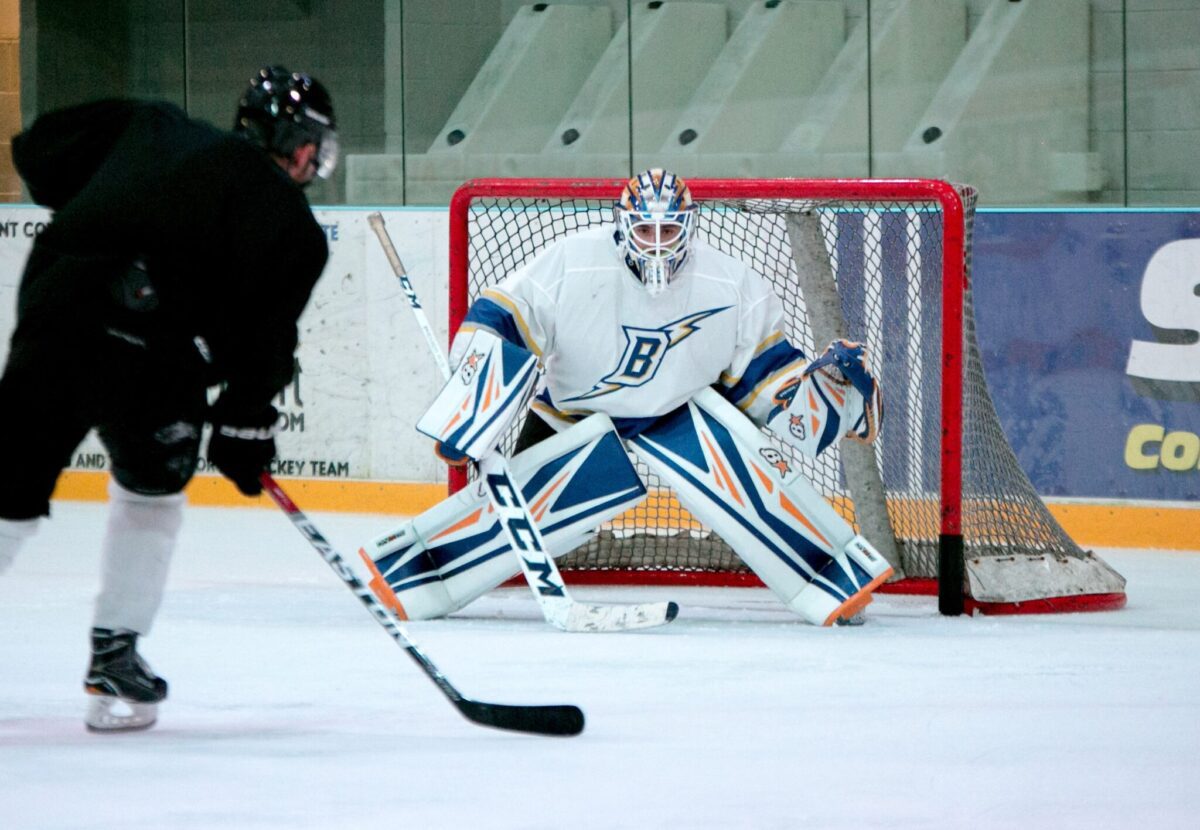Let’s face it, sight-singing can get boring and/or stale in choir rehearsals. The more we do it, the more they get used to it; but getting used to the same routine can also lead to disengagement or disinterest.
How Sight Reading Factory sets my Foundation
While Sight Reading Factory is not absolutely necessary, it saves me prep time while allowing me to be 3-4 times more effective within my rehearsal. It saves the prep time because I have saved sight-reading parameters that instantly generate new examples on the board every day; as soon as the exercise has been sung, I click “next” and another exercise instantly pops up. Before using Sight Reading Factory, I would prep one daily exercise. Now my students perform 3-4 sight-singing exercises every day, frequently in 2 minutes or less.
Sight Reading Factory does not replace the teacher, nor does it provide a method of sight-singing; it merely provides endless examples of sight-reading that meets your exact parameters.
6 Creative & Engaging Rehearsal Sight-Singing Ideas
For all the ideas below, I begin by placing an 8 measure exercise (or 3-4 with Sight Reading Factory) on the board.
Here are some creative, effective, and highly engaging ways to reinvigorate sight-singing in your choir.
Try SIGHT READING FACTORY and save 10% using code: choralclarity
1. Go Forwards and then Backwards
After singing the 8 measure exercise, immediately go from the end to the beginning; it requires intense focus to read the pitches and rhythms in reverse as it frequently pinpoints intervals and rhythms that are less frequently addressed. In essence, your students will be singing a 16 measure exercise.
2. Battle of the Sections
Have each section sing a measure while maintaining the pulse. Point to a section and have them sing measure one, and then point to a different section for measure two, and a different section for measure three. When a section sings the measure incorrectly, they are eliminated. Do the same thing again with the remaining sections until a section winner can be crowned. The beauty of using Sight Reading Factory is that you can immediately put on a new exercise without hesitation and allow the battle to play out until a champion is crowned!
3. Go Forwards and Backwards at the same time
Have half the group sight-sing regularly while the other half of the choir is asked to sing from the end to the beginning. Then reverse it. Will it clash? It might from time to time, but if students are engaged, they will hold their part, which also improves their ear.
Original setting of Robert Frost’s “The Road Not Taken”
4. Audiate the exercise
Give “Do”, count off and have the choir audiate the exercise until you give them the signal to sing aloud. Move back and forth between internalizing the pitches and singing aloud. Audiation requires intense focus and has significant value toward the development of the inner ear.
Try SIGHT READING FACTORY and save 10% using code: choralclarity
5. Audiate specific pitches
Have your choir sing the exercise but require them to audiate a specific pitch. For example, ask them to audiate “sol” every time it comes up. It is difficult to sight-sing an exercise while remembering to internalize a designated pitch every time it visually approaches!
6. Randomize the measures
With an 8 measure exercise on the board, who says we need to sing the measures in order? What if we point to different measures and challenge our singers to skip around? What’s the benefit? For one thing, it forces them to focus. It also creates the need for them to quickly use their eyes to re-track while accessing their ear.
-
Product on sale
 The Ultimate Aural Training Assessment & Development BundleOriginal price was: $39.96.$27.99Current price is: $27.99.
The Ultimate Aural Training Assessment & Development BundleOriginal price was: $39.96.$27.99Current price is: $27.99. -
Product on sale
 The Best Aural Training Exercise – “New” – Major & Relative MinorOriginal price was: $14.99.$12.99Current price is: $12.99.
The Best Aural Training Exercise – “New” – Major & Relative MinorOriginal price was: $14.99.$12.99Current price is: $12.99. -
Product on sale
 The Best Aural Training Exercise – “Original”Original price was: $12.99.$9.99Current price is: $9.99.
The Best Aural Training Exercise – “Original”Original price was: $12.99.$9.99Current price is: $9.99.
Last words
Sight-Singing involves the putting together of several important skills: aural training, identifying pitches on a musical staff, visually identifying meter/rhythms, and being able to perform the rhythm.
All of these skills need to be developed separately. I’ve created a system for developing the ear all the way from someone who can’t match pitch at all, to mastering the ear at a ready-for-college music major level. This approach is comprised of a series of rubrics that focus specifically on the following skills:
- pitch-matching
- singing a major scale in tune
- singing alternating solfege patterns (do, me, sol – followed by do, re, mi)
- mastering the aural training sheet
After this has been accomplished (or alongside these accomplishments), there are the additional skills needed for sight-singing:
- Reading/Labeling the pitches on the staff at an appropriate pace
- Labeling/performing rhythm accurately
There is no doubt that however you go about teaching sight-singing in your choral program, the most important element of all is consistency; if it is part of YOUR choir culture, they WILL learn to sight-sing!
Try SIGHT READING FACTORY and save 10% using code: choralclarity
-
Product on sale
 The Ultimate Aural Training Assessment & Development BundleOriginal price was: $39.96.$27.99Current price is: $27.99.
The Ultimate Aural Training Assessment & Development BundleOriginal price was: $39.96.$27.99Current price is: $27.99. -
Product on sale
 Sight-Singing Developmental RubricOriginal price was: $24.99.$19.99Current price is: $19.99.
Sight-Singing Developmental RubricOriginal price was: $24.99.$19.99Current price is: $19.99. -
Product on sale
 The Best Aural Training Exercise – “Original”Original price was: $12.99.$9.99Current price is: $9.99.
The Best Aural Training Exercise – “Original”Original price was: $12.99.$9.99Current price is: $9.99.







Leave A Comment